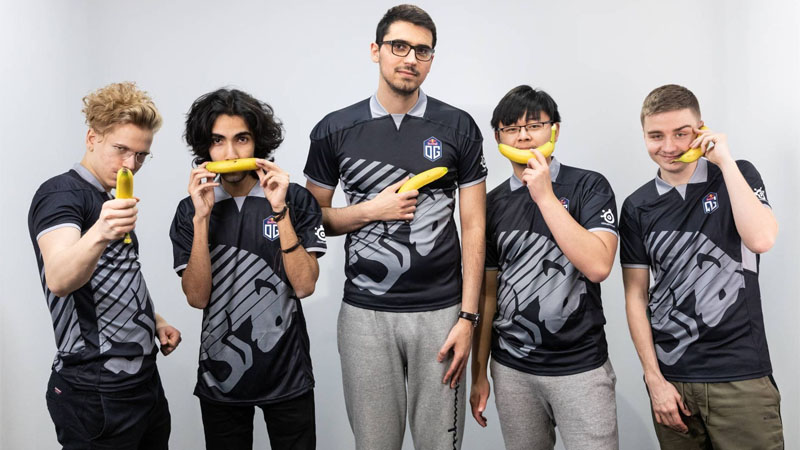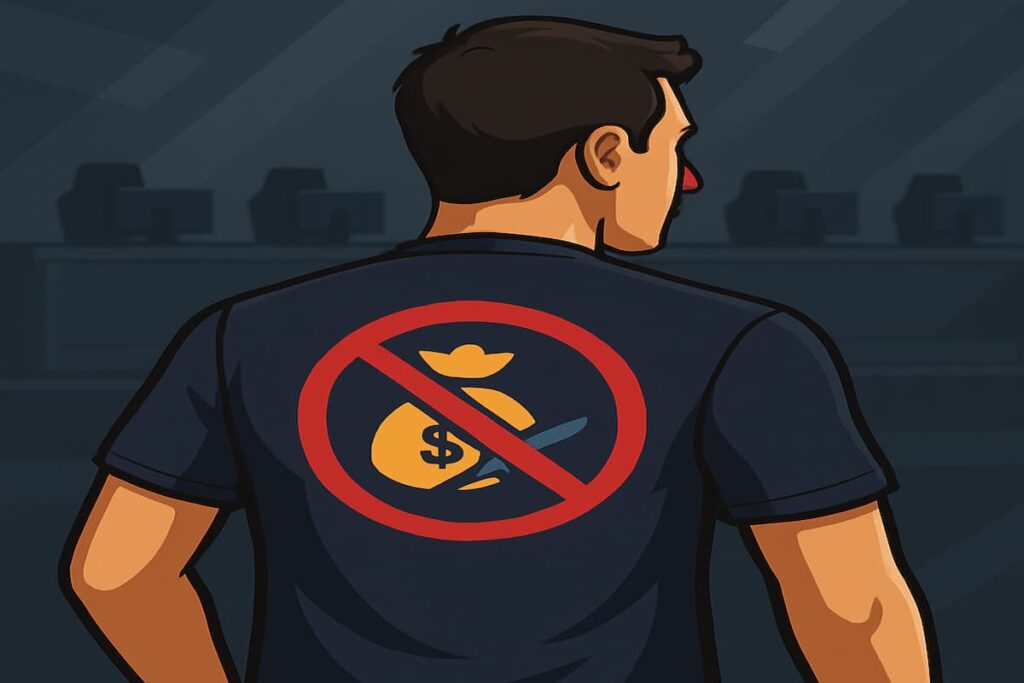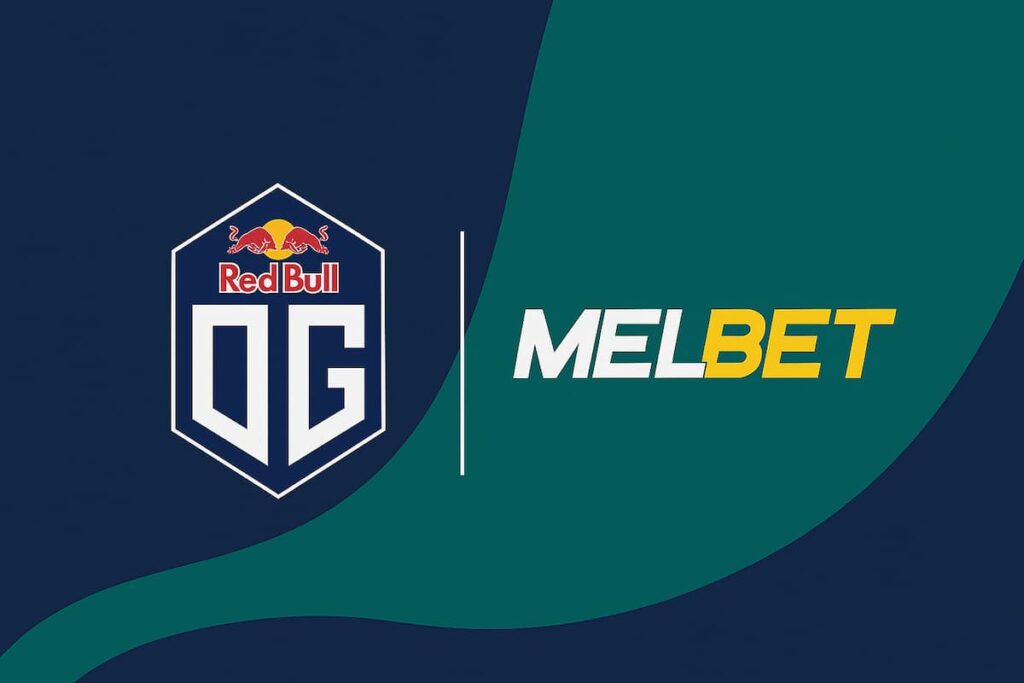Are International Esports Players the Key to Growing Esports Fanbases?
There is a long lasting debate over sourcing talent for esports organizations. While not equal across various esports titles, international talent has moved around regions for over a decade to varying success. The debate is usually aimed toward team cohesion, language barriers and local talent development. Sometimes, fans and fandom are a part of the debate, specifically how international players and “outsiders” impact esports audiances.
To this end, I want to discuss a key aspect of foreign players entering a new region/scene, and that is the transfer of esports audiences to a new region.

OG’s unusual 2020 roster
International Esports Players Bringing International Attention
In the biggest esports (Dota2, CSGO, LoL, PUBG) there are teams and leagues that span across every continent and country. Maintaining the vast ecosystem, usually means local teams to support the scene, even if they aren’t at the top tier of the sport. Most games don’t have this level of representation though, as the majority are limited to just the areas with the biggest teams. This pushes international esports players into just a few teams, as signing more of these players could be a way for esports orgs to seriously grow their appeal, or catch flak from their own communities.
One notable example is the move of European League of Legends superstar Luka “Perkz” Perković to Cloud9 in North America at the start of 2021. The declining viewership of EU fans for the LCS quickly bounced back to regular numbers as Perkz entered the league. He brought with him a legion of former G2 and local fans into a new competitive ecosystem. The same can be said for İrfan Berk “Armut” Tükek who made the move from the Turkish TCL into the LEC, bringing with him a ton of Turkish fans into the weekly LEC streams.
It seems, cross-regional transfer do have a positive impact on the leagues, as established newcomers bring new attention and fans into untapped markets. This is true at least most of the time..
Lets take the most recent example of Fnatic’s CSGO team. The organization has decided to break its unofficial Swedish-only roster role rule for the first time in a decade. Over the next few months we might see two international CSGO veterans join the roster. Swedish fans were not overjoyed, as Fnatic represented a team that sourced much of its loyal fandom in CSGO locally within Sweden. Breaking their established tradition to source local talent has local fans up in arms against the potential change. Would the change result in a net positive for the organization remains to be seen.
While international esports players help bring a fanbase to a team that wouldn’t normally be engaged, there are some extra difficulties though. A big problem is actually finding the talent. It is much harder to scour lesser-represented countries for talent than those that already have a big presence. While it may take more work to discover players from countries not typically featured in sports, it can really pay off in terms of growing an international following for a team. As we can see across Twitch with English-speaking but not American streamers growing.
Some teams have already taken advantage of this kind of fan growing tactics, even unintentionally. Additions like Saksa, a Macedonian DOTA 2 player to OG, Perkz or Jankos in League of Legends, or Ubah in PUBG are all good examples. These players bring talent to the team, but they also bring the capacity to market a team in a country that isn’t as heavily saturated by that esport already.
!!!!!!!!! https://t.co/O64FtnGmhE
— ubah (@ubahyo) May 23, 2021
Leveraging Different Audiences
Bringing in players just to grow a fanbase that provides financial support to a team doesn’t always work though. Obviously, the player has to be skilled enough to make the team, and for a lot of games, it is difficult to efficiently talent scout. On top of this, some games just don’t fit the structure. It wouldn’t be as beneficial for a Fortnite player to sign to a foreign team as the game is primarily played free from formal team constraints. They largely providing coaching and support rather than overall branding. Other games are also much more saturated in different countries. So international esports players wouldn’t bring the same sized audience to another team.
While there are some downsides, many teams are already leveraging players to massively expand their international fanbase. The same principle applies to other groupings of people too. Overwatch players switching to Valorant has massively expanded the fanbase of those teams by bringing in Overwatch fans. Anywhere that a team can leverage a signing to bring in more fans and viewers, there is a lot of potentials to increase the size and scope of an esports team. Similar to Football teams that achieve huge followings abroad, Esports teams have the potential to become international brands.
The downside of this could be the detriment of local and regional talent development. Poaching top talent from smaller regions or countries could hinder the growth and talent development of entire regions. Additionally, if teams exclusively focus on signing the best esports players regardless of region, there is little incentive for the local scene to grow and try make it into the big leagues.














